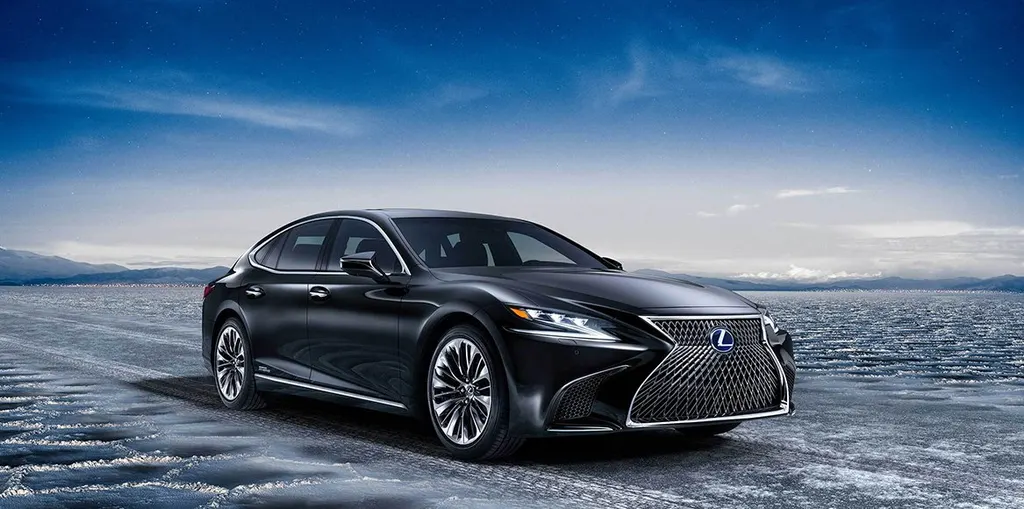As we all know, Lexus is a luxury car brand owned by Toyota Motor Corporation of Japan, but its birthplace is in the distant United States, and the Lexus brand has always been in a leading position in the sales of luxury cars in the United States. So, what kind of powerful force made Lexus enter the US market and become the brand sales champion? Let us make an understanding of Lexus brand history.
In the 1980s, the US economy was in a stage of rapid development, at the same time, the demand for luxury cars in the automobile market began to surge. European luxury car brands led by BMW, Mercedes-Benz have begun to occupy the US market. Toyota, which mainly focuses on economic and low-cost models, is already at a disadvantage in terms of luxury car brands. So it is urgent for Toyota to produce a luxury car to occupy the US market. In addition, Toyota has relatively dominant conditions. A group of young Toyota consumers in the 1970s will change their consumption level and car purchase choices as they enter their prime. In such a case, Toyota’s leadership began to brew a new round of deployments to occupy the American car market.
In August 1983, Toyota’s chairman Eiji Toyoda proposed the idea of creating a luxury car to dominate the world in a top secret meeting. The aim is to compete against Mercedes-Benz, BMW and other brands by creating a luxury car to achieve a situation that the Toyota brand can take a share of the luxury car market. Under this concept, Toyota Motor’s top secret plan code-named “F1” is launched (F1, “F” comes from the English “Flagship”, and “1” stands for “first car”) .

At the same time, Toyota is also carrying out the planning of this luxury brand to support the launch of its flagship car. In addition, Toyota created a brand-new sales channel for this luxury brand and established a corresponding agency network for the development of the new brand in the United States and other markets. This practice eliminates the “low-end” and “cheap” image of Toyota to consumers, and it is more conducive to the marketing of new brand. In addition, Toyota’s royal advertising company Shangqi Advertising has established a special department – Team One, which is responsible for the marketing of new luxury brands. Toyota also hired a famous image design company to conceive the brand name. After many screenings, they finally adopted “Lexus” as the name of the brand. Its pronunciation is similar to the English word “Luxury”, which makes people better associate with the impression that the brand is a luxury car.
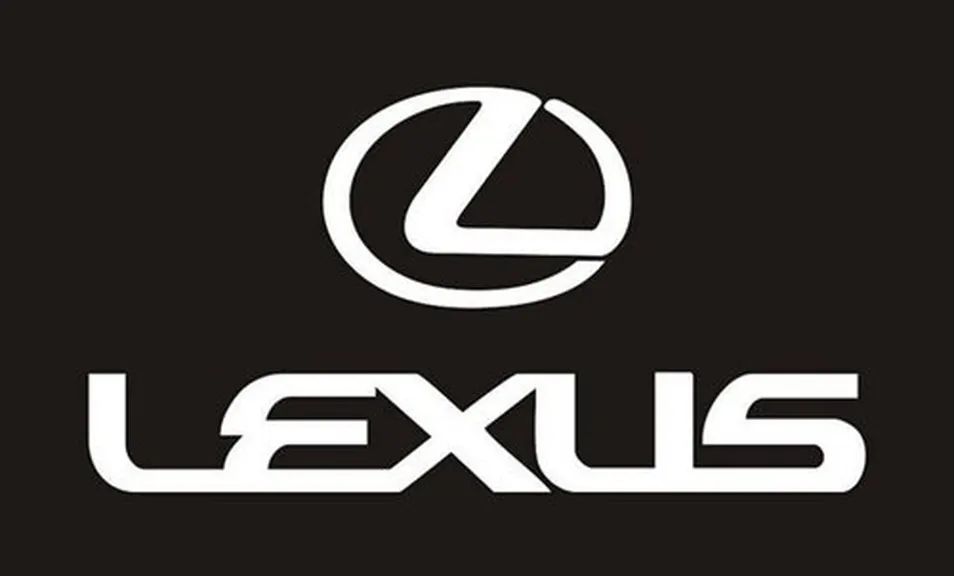
On the other hand, Molly Designs and Hunter Communications were responsible for the design of the Lexus logo. The final logo pattern was composed of letter “L” and ellipse. “L” is the capital of the first letter of “Lexus”, the ellipse represents the earth, indicating that Lexus cars will be spread all over the world. In January 1988, the new Lexus logo debuted at the Los Angeles Auto Show.
In the early days of the establishment of Lexus brand, many media did not expect much from this new brand. Some magazines even sarcastically said, “Toyota produces Lexus? Toyota is a base for producing tens of millions of cars, but Lexus is not compatible with it. It is like selling a Wellington steak in a McDonald’s shop.” Indeed, this evaluation also shows that there is still a prejudice against the Lexus brand.
At the North American International Auto Show held in Detroit in January 1989, the Lexus flagship model LS 400 and the entry-level luxury car ES 250 made their debut. At that time, they caused a great shock in the world’s premium car industry. In September of the same year, the two Lexus models were officially launched in 73 agent networks in the United States.

Among them, Lexus’ flagship model LS 400 has been built for 6 years, costing more than 1 billion US dollars, using 1,400 engineers and 2,300 technicians, and tested 450 prototypes. In the manufacturing process of the new car, the design team went to California in 1985 to design its concept car, and conducted a series of surveys on the lifestyle, taste and overall market of the luxury goods customer group. In July of the same year, the first LS 400 prototype was built and immediately sent to various places for various strict limit tests in order to achieve the perfect state in all aspects of the model.
The final flagship model of Lexus LS 400 has a unique design, it is equipped with a new 4.0-liter V8 engine and uses rear-wheel drive, and the LS 400 has the advantages of good interior quietness, a leading level of interior comfort and international-class luxury configuration, and the most important point is that the Lexus LS 400 does not share any major elements with previous Toyota models. The Lexus LS 400, which combines many advantages, has begun to attract the attention of American consumers. By 1990, the outstanding performance of the LS 400 had won several major automotive awards, and the achievements were obvious to all.
Of course, in addition to the LS 400’s own competitive advantages, the high-standard service attitude of the Lexus brand is also one of the reasons for consumer recognition. Lexus customer service is based on their “Lexus Commitment” to customers: “Lexus treats every customer as if we were entertaining guests at home.” In 1989, the owners of the LS 400 model, which had to be voluntarily recycled because of a problem with the brake light wires, were not charged any fees in the process. Moreover, in order to facilitate their pick-up, the cars were cleaned and filled with oil. All the owners were surprised. Through this, Lexus create a good brand image in the United States.
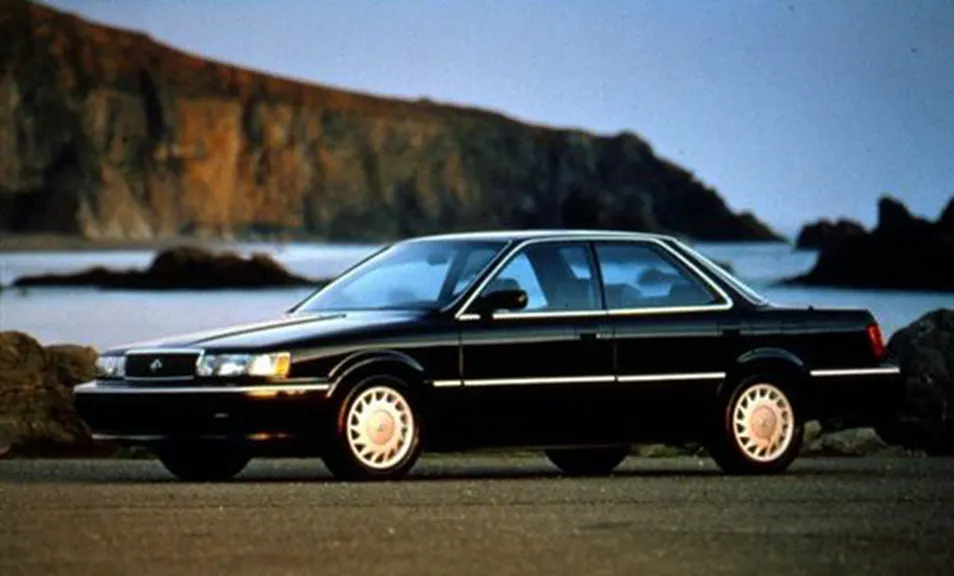
In addition, Lexus also pays great attention to after-sales service. At that time, most of the brand’s automobile agents and maintenance depots set the address in a dark or remote place. Lexus brand paid attention to this, and set the maintenance depot in a more convenient location. This practice not only facilitated consumers, but also made consumers feel that Lexus attached importance to them.
In 1991, in the second year of sales, the annual sales of the Lexus brand rose to 71,206 units, surpassing BMW and Mercedes-Benz, and became the best-selling imported luxury car in the United States. According to J.D. Power’s survey, Lexus ranked first in terms of purchased car quality, customer satisfaction and sales satisfaction in the same year.

In May of the same year, in order to further expand the product line, Lexus launched the SC 400, a two-door sports car. Moreover, the SC 400 uses the same V8 engine and rear-wheel drive design as the LS 400. The SC 400 is also outstanding in terms of power performance. The SC 300 was also introduced to the market in September.
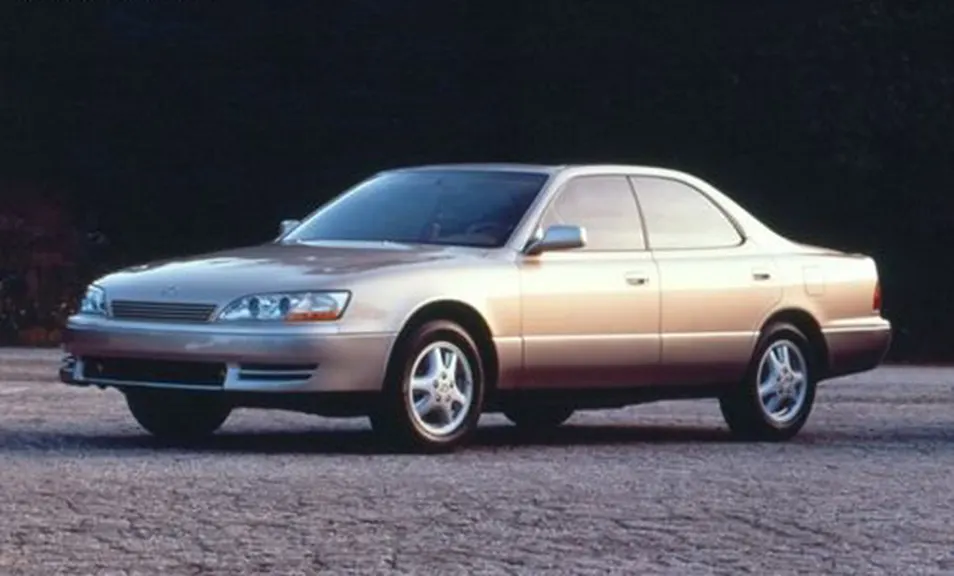
In September, Lexus launched the ES 300 to replace the previously launched ES 250, where ES is the abbreviation of executive sedan, 300 represents its engine displacement of 3 liters. Moreover, The ES 300 and the Toyota Camry is produced on the same platform. As an entry-level Lexus sedan, the ES 300 and the Lexus flagship LS 400 continue to capture the US luxury sedan market and quickly occupying some of the original European luxury car market.

In March 1993, Lexus’ first high-performance four-door coupe GS 300 was officially sold in the United States. Its launch filled the gap between ES and LS models. At the same time, it also indicated that Lexus brand began to enter the “coupe” market. The first generation GS model produced at that time was mainly modified from the Toyota Crown. In terms of power, the GS 300 is equipped with a V6 engine with a maximum power of 162 KW (220 horsepower), which is matched with a 4-speed automatic gearbox, configuration includes dual airbags, front and rear ventilated disc brake system, four-way adjustable steering wheel and automatic temperature adjustment air conditioning.
Although, after several years of hard work, the Lexus brand began to attract the attention of American consumers and its sales have continued to rise, but the good times are not long. By the mid-1990s, Lexus was constantly hit by huge market competition, and its sales in the United States suddenly fell for three consecutive years. The main reason is that European models have made a comeback after studying the experience of Lexus. On the other hand, subtle changes in market demand have begun to occur. Consumer preferences in the automotive market have moved from ordinary cars to sport utility vehicles (SUV). In the process, Lexus failed to keep up with the trend in time.
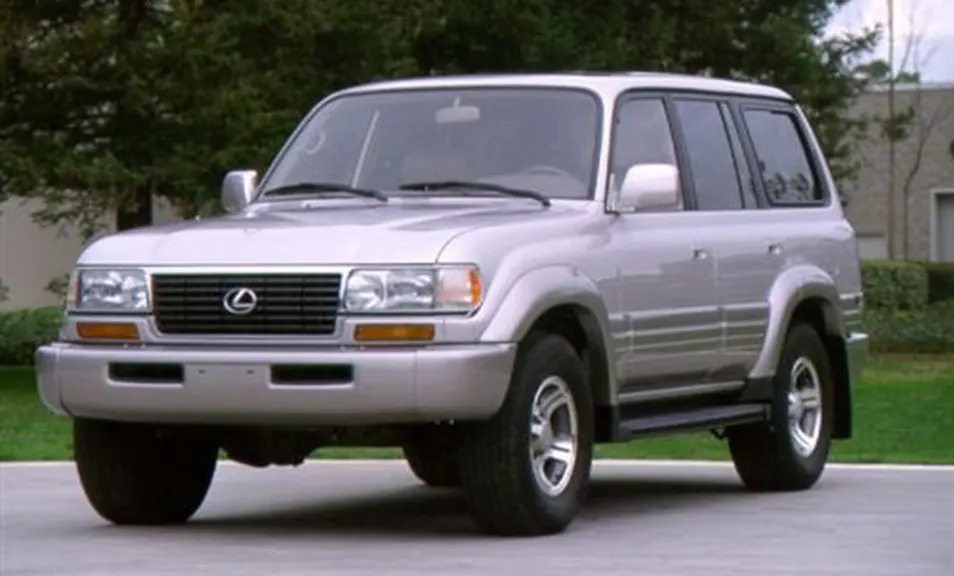
It wasn’t until Lexus’ first luxury SUV LX 450 was officially launched in North America in January 1996 that the situation improved slightly. At that time, only two months after it was launched, the sales volume of LX 450 climbed to the top of the luxury SUV list.

The decline in sales did not stop the pace of Lexus product research. Two years after the launch of the first SUV model, in 1998, the second SUV model RX 300 was officially launched. Its appearance not only changed the predicament of Lexus, and quickly recovered the lost ground for Lexus, after which the position of the RX model as the main model of Lexus series has not changed. Compared with the Lexus LX 450’s emphasis on off-road performance, the RX 300 is an urban SUV. In addition to the great road handling performance and riding comfort, the RX 300 is also characterized by its rich and luxurious configuration and strong power performance.
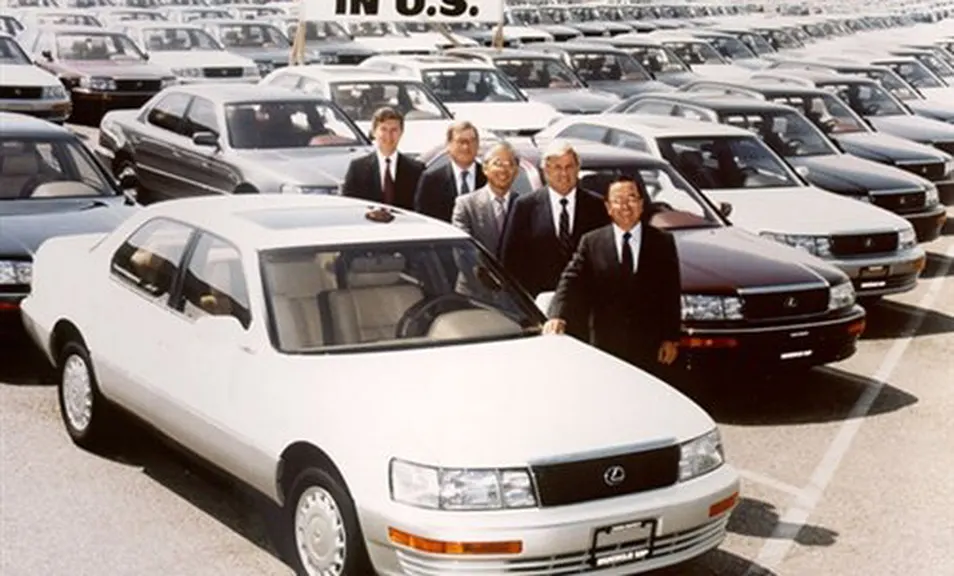
In 1999, in addition to ushering in the 10th anniversary of its car sales in the United States, more particularly, in November of the same year, Lexus sales in the United States exceeded 1 million vehicles. This year is a historic year for the Lexus brand in the US market.

In 2000, Lexus began to enter the field of sports luxury cars. In June of that year, the new member of the Lexus family, the entry-level high-performance sports car IS 300, was launched in the US market. In addition, Lexus’ L-tuned sports bags and sports accessories for the GS series are also sold in its franchised dealerships, and the new era of Lexus brand more sporty has gradually come.

In 2002, GX 470, the third luxury SUV product of the Lexus family, was officially launched on the market, positioned between the full-size large luxury SUV LX 450 and the luxury SUV RX 300, which further improved the Lexus brand SUV model market segment. In terms of configuration, the GX 470 is equipped with many high-tech configurations and advanced technologies of Lexus. The appearance of GX 470 gives people a domineering feeling, and the whole vehicle is extremely domineering. The body size is regular, and the interior is not too spacious, which has a certain impact on the ride comfort.
While Lexus continued to develop markets around the world, Lexus did not stop the pace of vehicle research. In 2005, Lexus launched the world’s first hybrid SUV model RX 400h, this car is equipped with a hybrid gasoline internal combustion engine and electric motor to enhance the power and fuel consumption efficiency, and has a lower emission volume than the traditional gasoline engine or other power modes of vehicles. Its launch indicates the development of Lexus brand in the field of energy conservation and environmental protection. Subsequently, Lexus brand has launched GS 450h and LS 600H / LS 600HL hybrid models.

In this year, Lexus proposed the L-Finesse design concept, which is a hybrid word that combines Leading-Edge and Finesse. And L-Finesse design began to be applied to the full range of car models, which gives the new generation of Lexus cars a family look, and also has a different design identity symbol.

In 2009, the Lexus LF-A, the first super sports car that had been waiting for four years, was officially launched at the Tokyo Motor Show, with a limited number of 500 units sold worldwide. The super sports car LF-A is extremely personalized in appearance design. It is powered by a 4.8-liter V10 naturally aspirated engine with a maximum horsepower output of 412 kilowatts(560 horsepower)/8700rpm and a peak torque output of 480Nm/6800rpm. It adopts the classic sports car layout of front-engine and rear-drive.
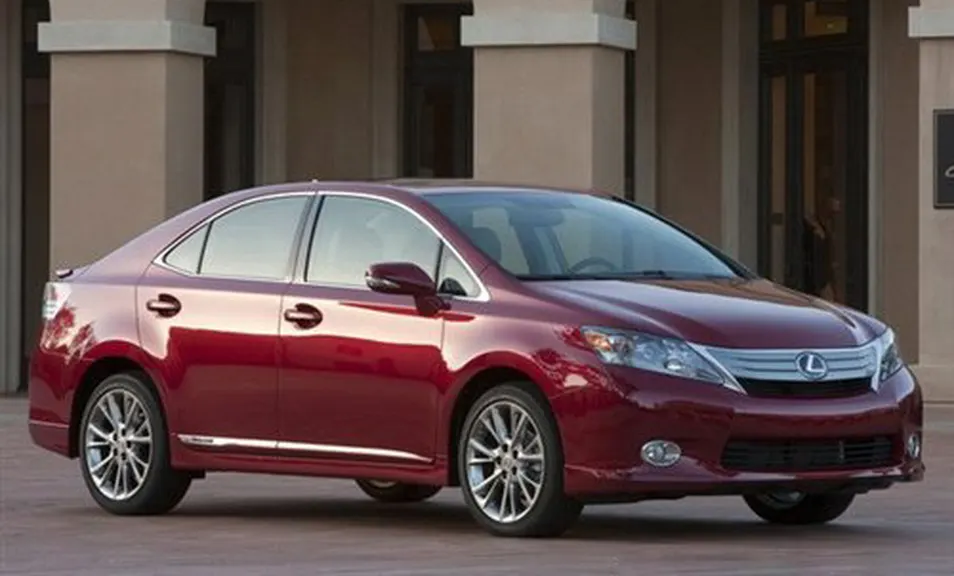
Luxury cars equipped with hybrid power system in the Lexus series is not strange, but at that time, Lexus did not have a set of its own hybrid power system. In August 2009, HS 250h was officially sold abroad, which gave this Japanese largest luxury car brand its own green power system. In terms of power, Lexus HS 250h is equipped with an in-line four cylinder naturally aspirated engine, with a maximum power of 122 KW (166 horsepower) / 6000rpm, a peak torque of 187 Nm / 4400rpm, and a motor power of 105 KW (143 horsepower) and a torque output of 270 Nm.

In March 2011, CT 200h, the first hatchback hybrid model under the Lexus brand, was officially sold in Japan. In appearance, the car inherited the design elements of the LF-CH concept car, and the design was extremely sporty. In terms of power, the Lexus CT 200h is equipped with a hybrid system that consists of a 1.8-liter 4-cylinder VVT-i gasoline engine, a electric motor, and a high-performance Ni-MH battery pack that provides electric energy.

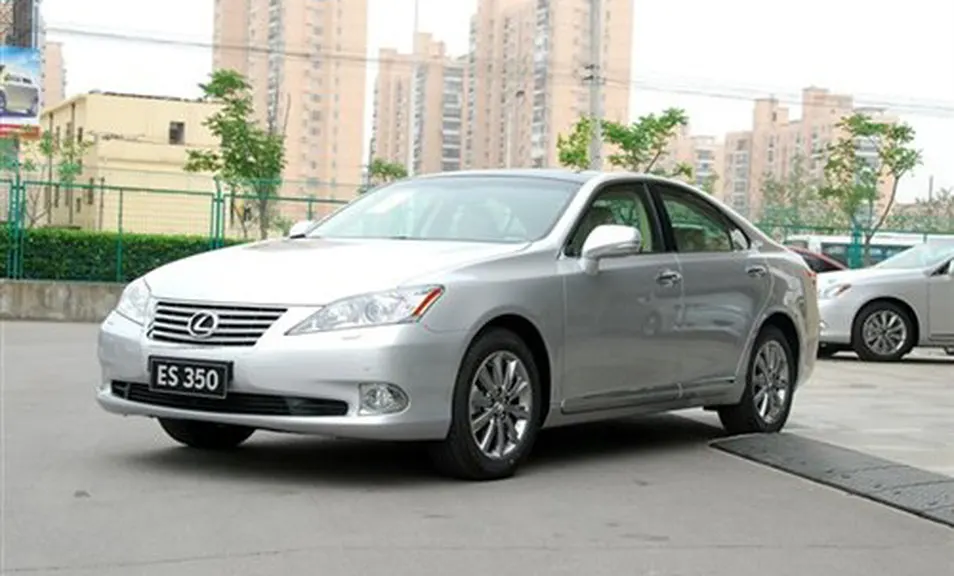 Summary:
Summary:
Lexus has only been in existence for more than two decades. It has no history and culture as long as other luxury car brands, but Lexus’ achievements in the automotive market are obvious to all. In addition to still adhering to the brand concept of “persistently and pursuing perfection”, high-quality luxury cars and continuously innovative product design will continue to promote the development of Lexus brand on this historical stage.

